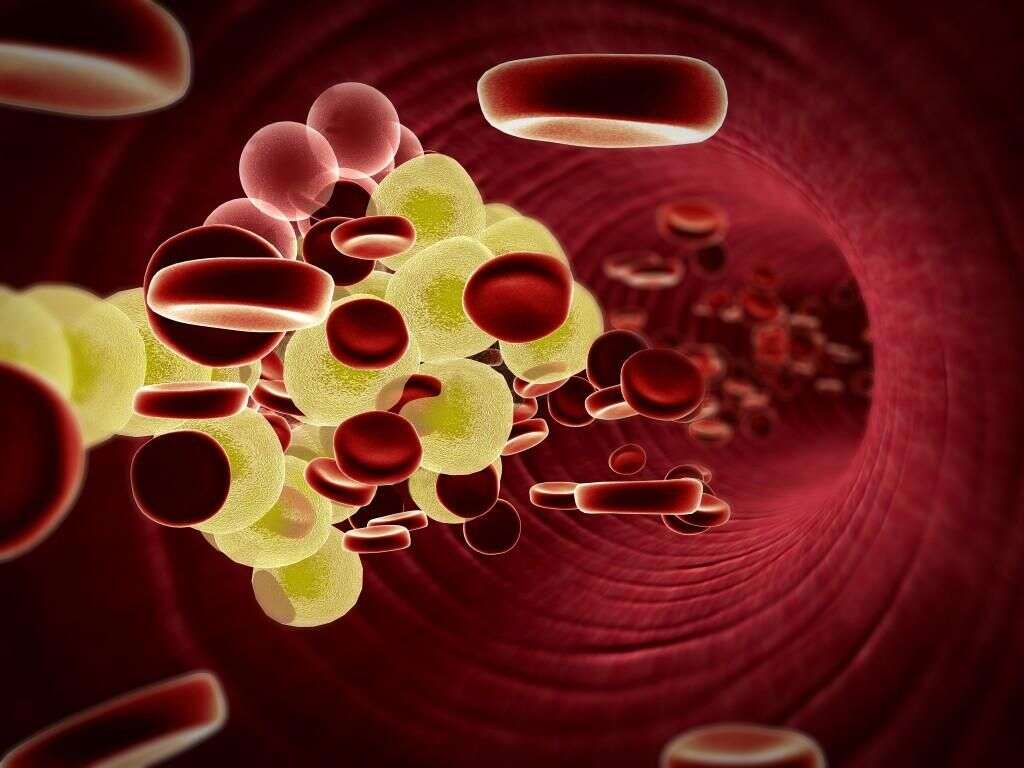What Is Mixed Hyperlipidemia?
Our bodies are made up of countless different substances. It is important that they continue to have these substances otherwise the body may not be able to function properly. Some of these substances are made by our bodies, and others we can only get from the food that we eat.
One of these substances is fats, and there are numerous types of fats that our bodies use. Fats tend to be associated with poor health because they do contribute to obesity and other problems. Despite their importance to us, having too many of them in our bodies can be dangerous, and medical conditions like mixed hyperlipidemia will cause higher than usual levels of them in our blood.
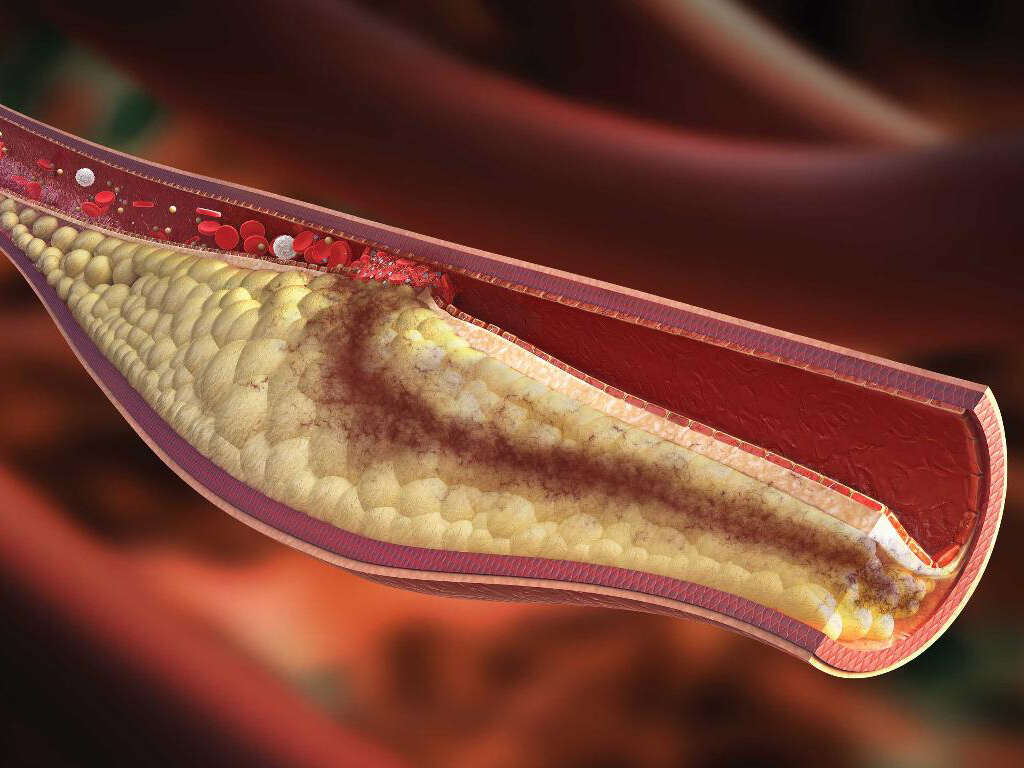
1. Cholesterol
Despite having such a bad name, cholesterols are actually very important for us. For example, they are required for our bodies to make vitamin D. They are also needed to make various hormones, and they are also necessary for the construction of our cell’s walls. Some cholesterols are made by our bodies, while many we get from our food.
As with so many other things, having cholesterols in our body per se is not a problem. The problem is when we have too much of them in our bodies. Too many cholesterols in our body can be bad for our health, and it can even pose a very real threat to our lives.
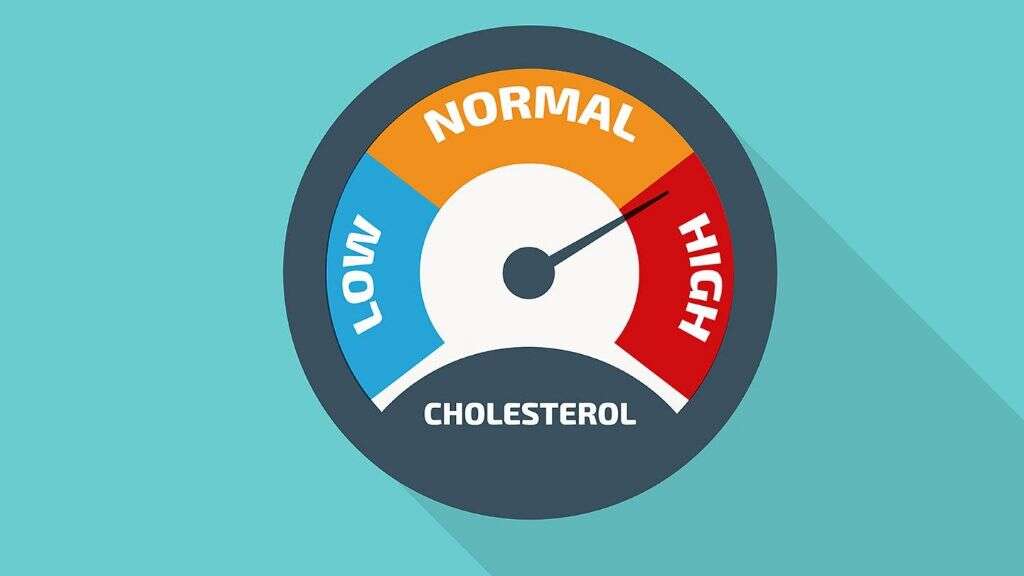
2. Triglycerides
Triglycerides near another type of fat that is found in our body. Indeed, these are the most common of all types. They are also very important because they help to supply our body with energy. As with cholesterols, triglycerides are important to us, but they are a problem if there are too many of them.
Triglycerides are what make up our fat reserves. These are basically energy stores that our body can turn to should we not be able to find food at some point in the future. Too many of them will contribute to obesity, while triglycerides can also contribute to other problems such as the blocking of blood vessels.

3. Mixed Hyperlipidemia?
Mixed hyperlipidemia is a medical condition that causes the patient to have higher levels of fats in their blood than is normal. The condition is also known as familial combined hyperlipidemia. While the condition will sometimes start in the patient’s childhood, it won’t show until their teenage years in most cases.
Mixed hyperlipidemia is an inherited condition, and it affects around 1 or 2 percent of the population in developed countries. It is the most common variety of blood fat level disorders that are inherited, and it is a potentially dangerous condition that can lead to a number of life-threatening complications.
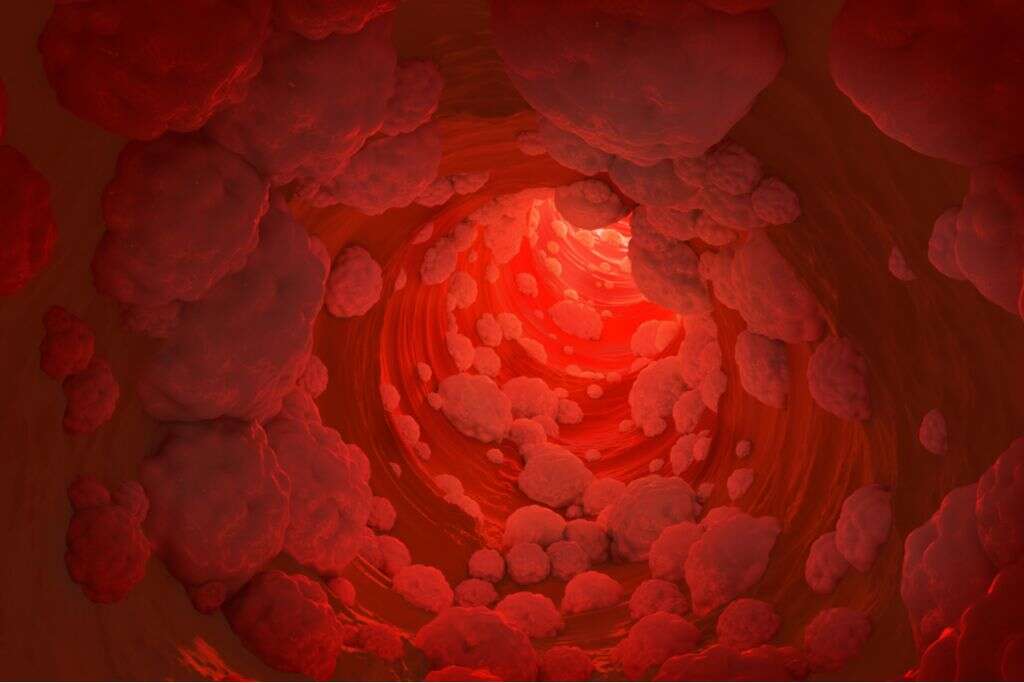
4. Causes
As mentioned, mixed hyperlipidemia is an inherited condition. It has been difficult to learn about the condition because of its similarities with other medical conditions. Some data has been obtained on how likely children are to get it from their parents, however, and how dangerous it can be.
If both parents have the gene responsible then it might mean the severity of the patient’s symptoms are doubled. If only one parent has the gene then the patient has a 50% chance of not inheriting the condition at all. Further research is being carried out into the causes, which might take us closer to a cure.

5. Who’s at Risk?
As mentioned, mixed hyperlipidemia is passed on from the patient’s parents. There is no other way to get the condition that we know of, but there are some factors that can make the condition worse for those that already have it. Some of these additional factors can be avoided, but others cannot.
One factor that can make the condition worse is diabetes, and another is hypothyroidism. Alcohol abuse is another factor that can worsen mixed hyperlipidemia, and obesity is another potential contributing factor. These conditions will cause the patient’s blood fat levels to be even higher than had they not had them.

6. Early Heart Attack
Our hearts help to ensure that blood is being constantly forced around the body. Every time its muscles contract, so blood is pumped through the system of blood vessels that traverses the entire body. All of the body needs to be supplied with fresh blood constantly, and this includes the heart itself.
If the flow of blood to the heart’s muscles stopped for any reason, then the muscles of the heart will no longer be able to work. One of the most common reasons for this is blood clots that prevent the flow of blood. The average age of heart attack victims is around 65 years old. The average age is considerably lower in people that have mixed hyperlipidemia, however.

7. Coronary Heart Disease
The coronary artery is the main blood vessel that supplies the heart’s muscles with the oxygen that it needs. It is extremely important that this artery remains free from blockages so the blood can get all the oxygen that it needs. Coronary heart disease is a condition where this artery does become blocked.
Coronary heart disease can lead to a number of unwelcome symptoms, and to potentially serious complications. These include heart attacks and heart failure. It is a serious condition that should be treated accordingly, and this often means making certain lifestyle decisions. Coronary heart disease can be caused by mixed hyperlipidemia.

8. Stroke
Our brains are one of the most resource hungry organs in our body. Under thermal imaging cameras, our heads will show up as the hottest part of our body. This means that a lot of energy is being generated in order to keep the brain functioning. Lots of energy and nutrients are needed to enable this energy to be produced.
If the brain stops getting the supplies it needs then it will begin to slow down. Brain cells can become damaged and the patient can lose their ability to function. This is known as a stroke and the damage caused will range from being mild – to being deadly.
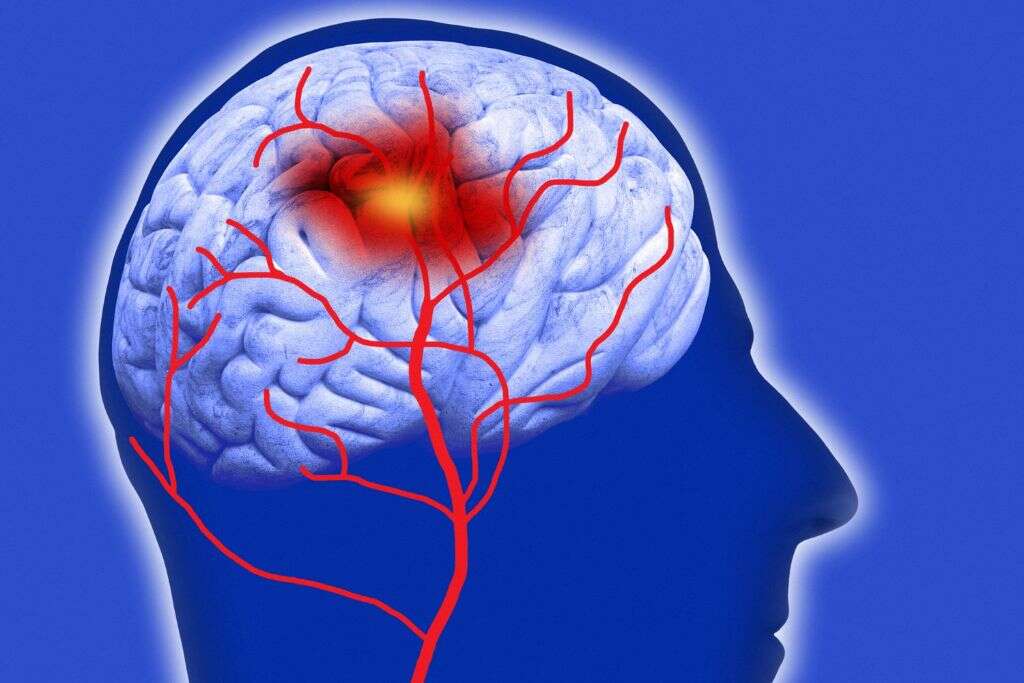
9. Peripheral Vascular Disease
All of our muscles need a constant supply of oxygen. This includes the muscles in our legs, arms, and our extremities. To provide this oxygen, there is a system of arteries that covers every inch of our bodies. This system doesn’t always work as effectively as it should do, however.
Peripheral vascular disease is a condition where circulation problems means there is an insufficient supply of blood to the limbs. It can happen in the arms but it usually happens in the arms. There are a number of potential underlying causes of this condition, and mixed hyperlipidemia is a contributing factor in some cases.
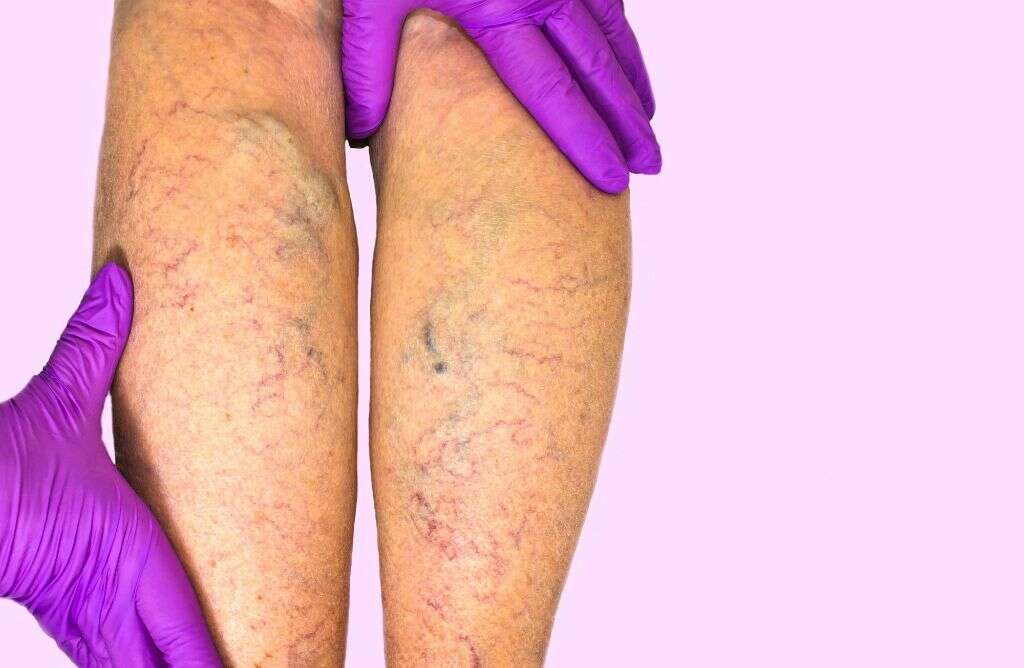
10. Treatment
As things stand there is no known cure for mixed hyperlipidemia. The condition can usually be treated, however, and treatment tends to involve drugs that can reduce the production of cholesterols and limit how many are absorbed from our food. The most effective treatment, however, is to make certain lifestyle choices.
Eating a healthy diet can help considerably in keeping cholesterol levels down, as can getting a reasonable amount of exercise. Patients with mixed hyperlipidemia are also asked to cut down their alcohol consumption and also to stop smoking. These can all help to boost the patient’s well-being overall in addition to helping to manage their medical conditions.











